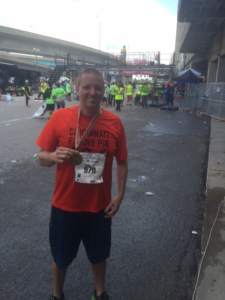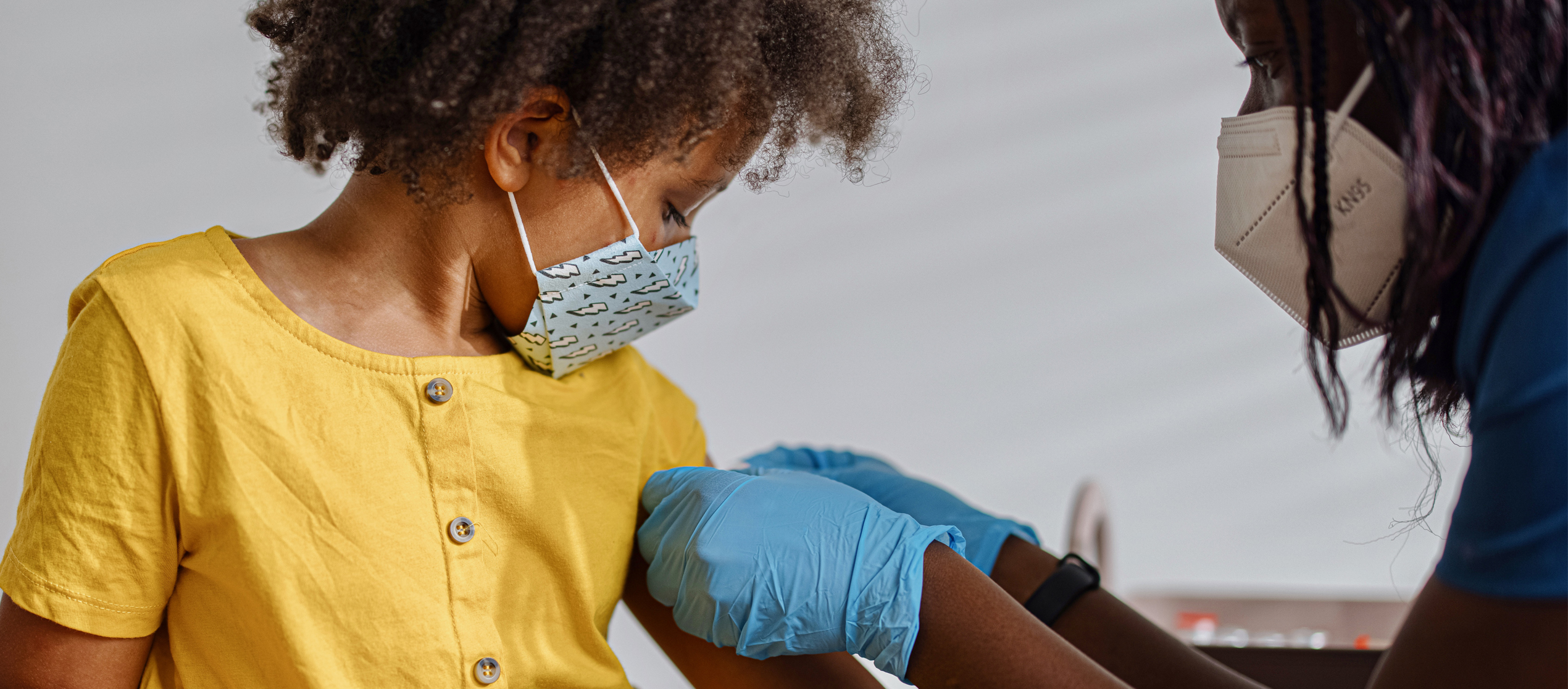I was born in Dayton, Ohio in 1971 with transposition of the great arteries (TGA). This means my pulmonary artery and aorta were in reverse position, preventing oxygen rich blood from pumping into the body.
TGA babies had a blue tint to their skin due to their poor circulation garnering the nickname blue babies. At the time, the condition was fatal, but Dr. James Helmsworth at Cincinnati Children’s was performing a new open heart surgery called the Mustard procedure. The procedure altered the anatomy of the heart by rerouting the walls of the heart to create proper blood flow throughout the body.
On June 11, 1974 I underwent this surgery. Immediately following, my skin took on a pinkish hue, and I became as lively as any other three year old. I went on to have a very normal childhood. I graduated from high school, college, and grad school. I taught history for ten years. My wife, Tricia, and I have been married for 20 years and live just east of Dallas, Texas. We have three healthy daughters. I owe all the joys and experiences of my life to the skill and dedication of the medical staff at Cincinnati Children’s.
Though the procedure saved my life, it placed the majority of my heart’s work on my right ventricle, the weaker ventricle. Therefore, my heart wore out quicker than a normal functioning heart. In 2010 I was diagnosed with heart failure, and on October 19, 2014, I received a heart transplant at the University of Baylor Medical Center in Dallas.
As a child I was permitted to play baseball and golf, but I was restricted from participating in sports with heavy cardiovascular activity. Before the transplant about two years ago, I was never able to run two miles at one time. I envied runners who seemed to run effortlessly, and I associated running with pain and lungs on fire.
When I was on the waiting list for a heart I set the goal of running a full marathon. I walked an hour every day leading up to the surgery to keep my legs as strong as possible. The second day after the surgery I was on my feet and walking the halls of the hospital. In cardiac rehab I walked as fast and as long as the staff would allow me until eight weeks after surgery when I was permitted to run. My forty-three year old legs were slow to adapt to the new heart, but I was pleasantly surprised at the strength of my heart and the ease at which I could breathe while running.
I continued to get stronger, and along with two of my former students, I ran a 5k, a 10k and a half marathon in the Dallas area. We set our sights on a full marathon, and wanted to go somewhere special.
Returning to Cincinnati to run a marathon was nothing I had ever dreamed possible or even considered, but when I learned about the Flying Pig Marathon it was a natural choice.
Fast forward to May 1, 2016 – the morning of the Flying Pig Marathon. 6:30 a.m. at the start line. I’d like to tell you that I was introspective at this moment and reflecting on the significance of being able to run a marathon in the city that saved my heart forty years ago, but there was too much stimuli going on for that to happen. And that kind of continued throughout the entire race.
The city was beautiful and the morning sun was peeking through the clouds, which highlighted the lightfog obscuring the river. When I ran through downtown around the fifth mile, the throngs of supportive spectators created such a din of enthusiasm that the runners were treated to the illusion of being in Paul Brown Stadium on a Sunday afternoon.
When we left downtown and headed uphill the tedious chore of running a marathon began. By the fifteenth mile the hilly course had taken its toll and my legs were zapped. By the twenty-second mile every leg muscle and ligament felt strained, pulled, or torn. But the faithful spectators in each Cincinnati neighborhood on the course spurred me on. Finally, the skyline appeared on the horizon, grew larger and welcomed me to the finish line.
It wasn’t until we were Uber-ing back to the hotel that I realized I had not worried about my heart the entire day. My legs were decimated and my feet were throbbing, but I was never short of breath and no burning lungs.
I’m going to repeat that because I need to write it for that to really sink in. I ran a marathon almost two years following a heart transplant. Almost forty years after open heart surgery to “correct” transposition of the great arteries. And I didn’t worry about my heart once while doing it. Modern medicine is amazing to me.
Just a few years before I was born there was no surgery available to sustain my life. If I had been born a decade later the technology would have been available to mend my heart permanently without the need of a future heart transplant later in life (or forty years, in my case).
If your child has a serious medical condition, don’t lose hope. Medical technology progresses every day. Your child’s solution may be the next one discovered. I am so thankful to Cincinnati Children’s for being an innovator forty years ago, and continuing to be today.
I found the Flying Pig to be an amazing experience, but from here on I’ll probably limit my running to an occasional 5k or 10k – I need a break after that course – it’s intense! Or maybe I’ll get serious about cycling next. That’s the best part…I can choose what I want to tackle next, without any cardiovascular limitations holding me back.





Thank you so much for sharing your story. Fitness is a very big part of my family’s lifestyle and I even ran a full marathon, three half marathons, and several 5 and 10k’s while pregnant with my TGA son. We cried in the hospital when they said he would have physical limitations, but your story gives me hope for my son. Thank you for the gift.